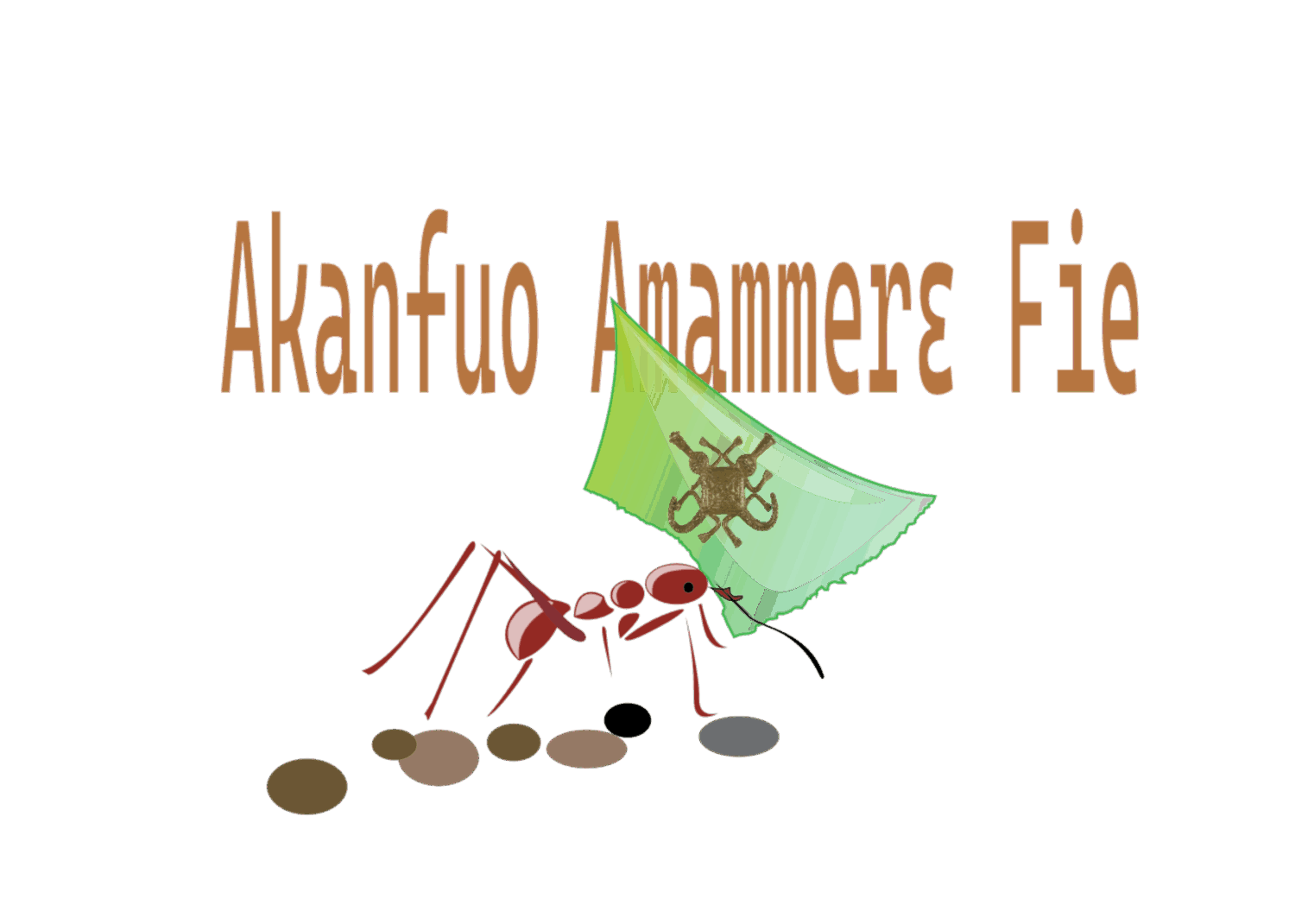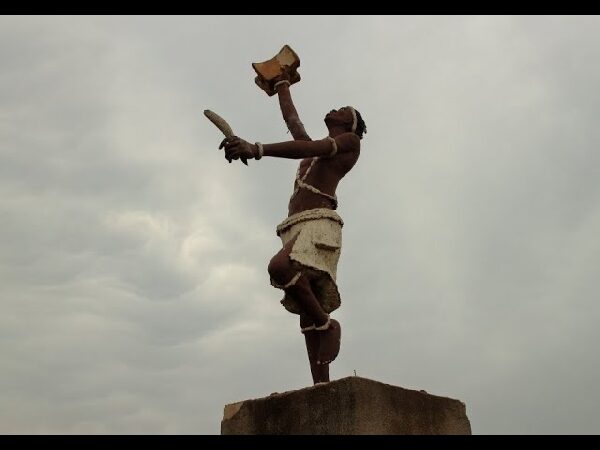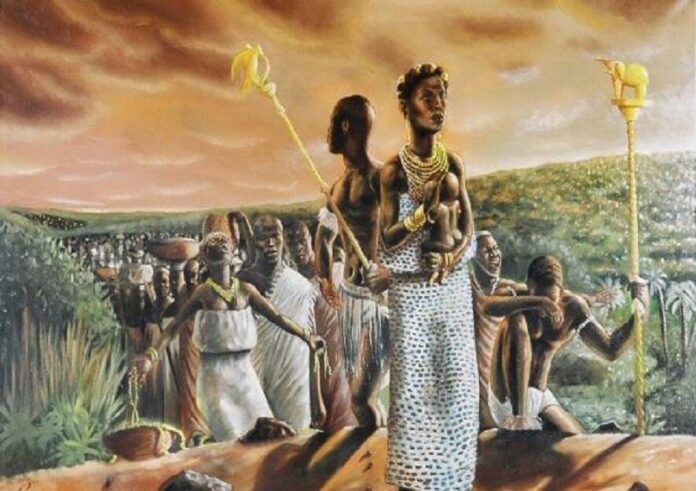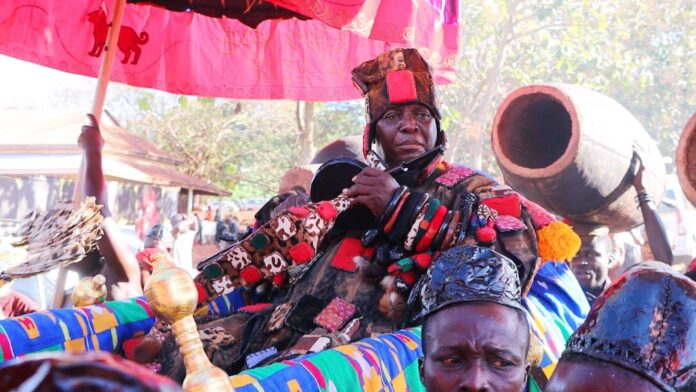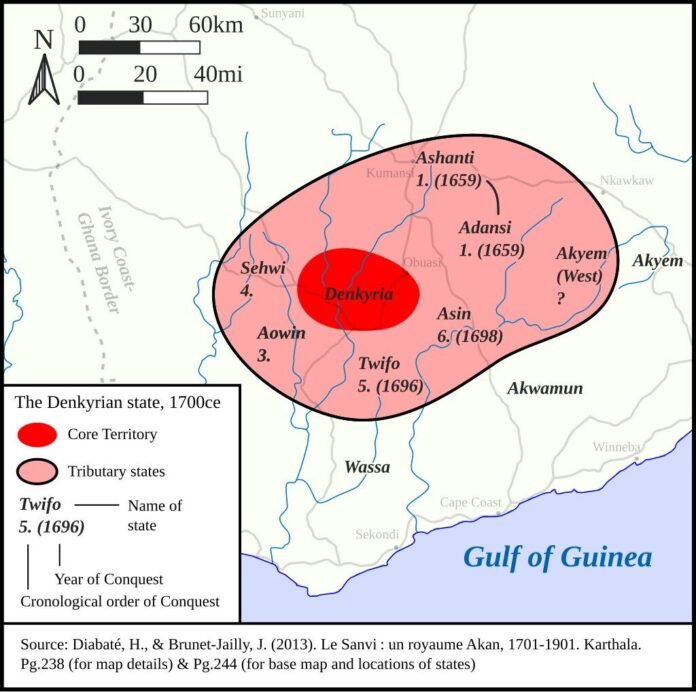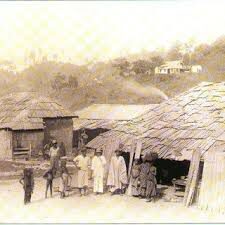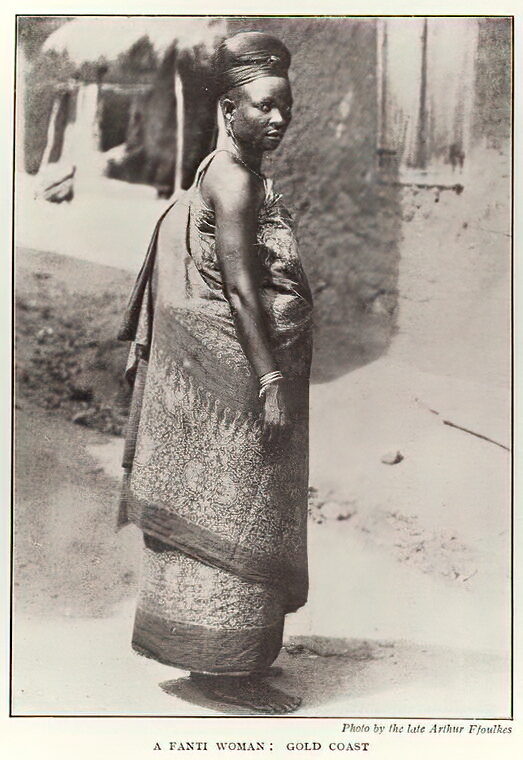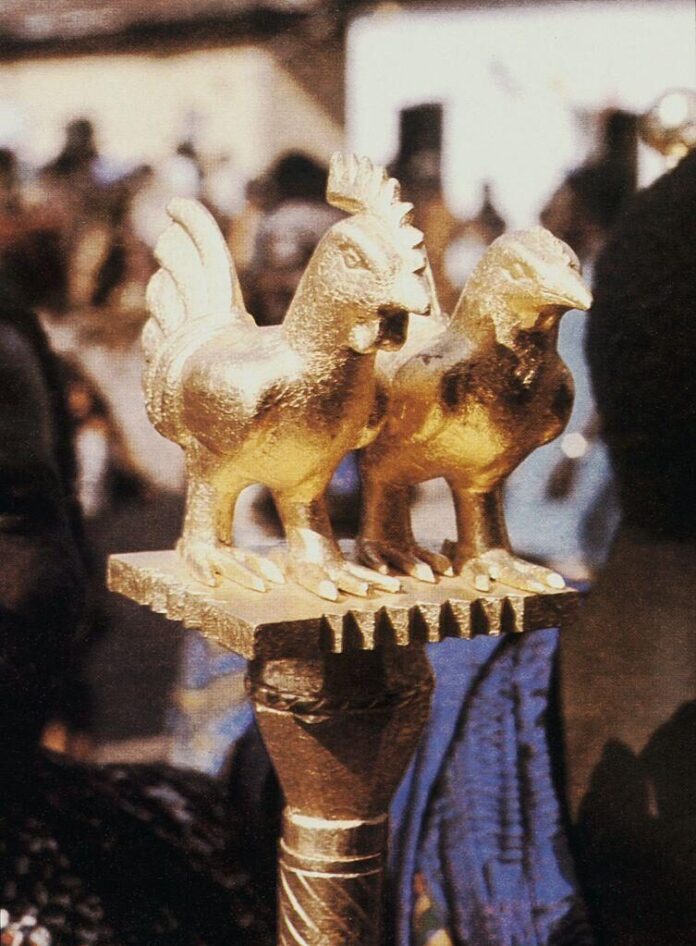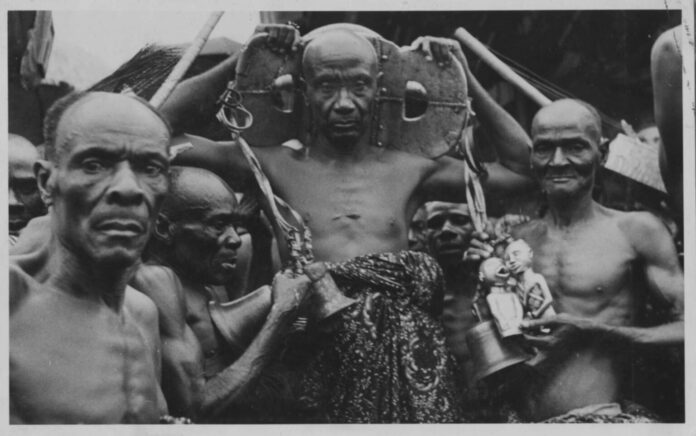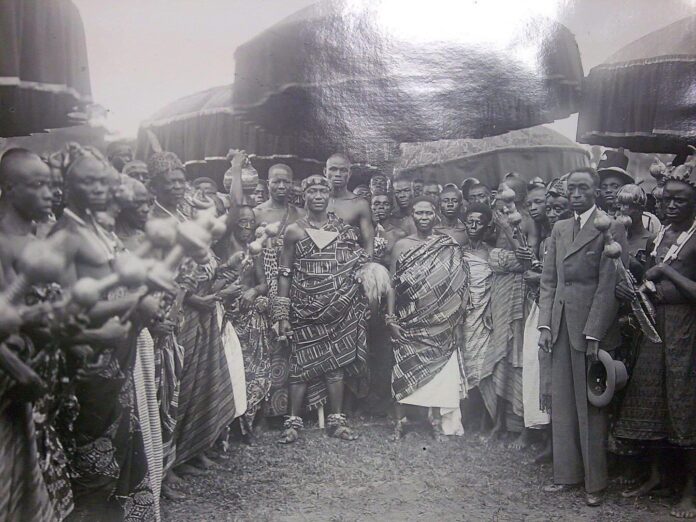Every nation has its thinker, its seer, the one who stands between the world of men and the world of the gods. For the Asante, that figure was Okomfo Anokye.
He was the priest, the lawgiver, and the spiritual architect of a kingdom that still bears the mark of his genius.
Child of Mystery
Okomfo Anokye’s name still carries power across Akan lands. His story begins in the small town of Awukugua in Akwapim, where legend says he was born holding a talisman in his hand and a white cloth tied around his wrist.
As he grew, his fame spread through the forest states. Chiefs and travelers spoke of a young man who understood both the ways of the gods and the hearts of men.
It was said that no dispute was too difficult for him to settle, and no curse too strong for him to lift. His wisdom drew him into the circle of Osei Tutu, the man destined to lead the scattered Akan towns to unity.
Of Spiritism and Strategy
When Osei Tutu returned from exile in Akwamu to rebuild his people, he needed not only strength but vision.
He found that in Okomfo Anokye. The bond between the two men became one of the most important alliances in African history; the warrior and the priest working side by side.
Anokye gave spiritual shape to Osei Tutu’s political dream. He understood that a nation is not held together by force alone, but by belief … belief in a shared soul, in a divine purpose, and a common identity.
Sikadwa Kofi
Central to Asante’s identity stands the Golden Stool, and at the heart of that miracle stands Okomfo Anokye. Tradition tells that during a great gathering of chiefs in Kumasi, he called upon the heavens.
The skies darkened, thunder roared, and from the clouds descended a stool shining with gold dust. It floated gently down and settled upon Osei Tutu’s lap.
Anokye declared that the stool contained the spirit of the Asante people. A representation of their unity, courage, and destiny. No man, not even the Asantehene, was greater than the stool itself. It became the living soul of the nation, the sacred bond that joined them.
Through this, Okomfo Anokye achieved something remarkable; he made loyalty to the state a spiritual duty.
The Lawgiver
Okomfo Anokye was not only a priest but a reformer. He established many of the customs and laws that continue to guide Asante life.
He codified judicial procedures, regulated the authority of chiefs, and set moral codes that brought balance between earthly justice and divine order.
He taught that truth, or nokware, was the foundation of leadership. A chief who ruled unjustly lost the favor of the gods.
His laws emphasized the sacredness of oaths, the respect for elders, and the protection of the poor. In doing so, Anokye created a structure of governance that could stand the test of time.
Legend? Myth?
Stories of Okomfo Anokye’s powers fill the oral traditions of Asante. It is said he could command rain to fall or stop, that he planted a palm tree upside down in Awukugua which still grows today, and that he could summon fire from the earth.
He also built shrines, established rituals, and introduced sacred symbols that strengthened the unity of Asanteman.
Every great city had its spiritual protector, every chief his guardian deity, and every festival its moment of communion with the ancestors.
Through these, Anokye ensured that the spiritual life of the people remained tied to their identity as a nation.
A Sage’s Departure & Legacy
One of the most enduring mysteries is Okomfo Anokye’s disappearance.
Oral accounts say he did not die in the ordinary way. Instead, he gathered his followers and announced that he would return to the spiritual realm to search for the key to death so no one would die again. He instructed them not to weep, for his spirit would continue to guard the stool and the people.
Okomfo Anokye remains an influential Akan figure. His ideas shaped governance, moral law, and even art. He taught his people that greatness must be rooted in faith and that without the guidance of the unseen, kingdoms crumble.
He remains the unseen hand behind Asanteman: A great man of power, wisdom, and destiny.
